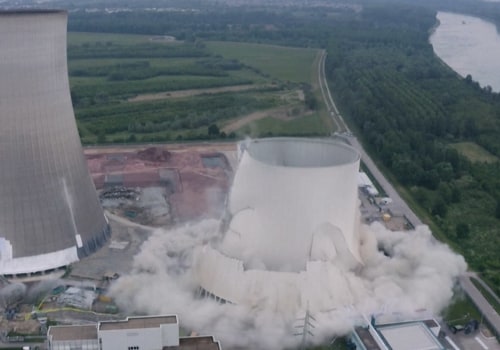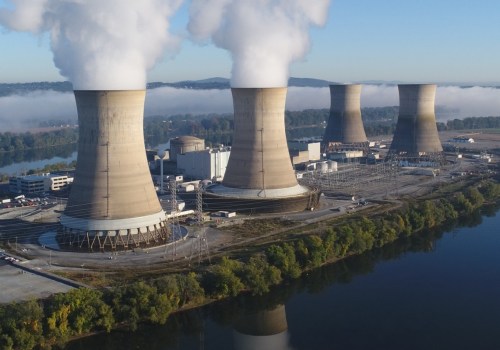Having established the foundations of a safety-conscious culture, Vorholt helps customers move to the next stage, sustaining it, which requires a bit of creativity and a lot of consistency. Human Resources (HR) involvement can include creating a vision, mission statements and strategic plans; providing training, staff development and procedures; and appointing senior management to deliver meaningful safety talks. Here, Vorholt shares his top 10 tips for recognizing employees and behaviors that foster a safety-conscious culture in the workplace. The Safety Conscious Work Environment (SCWE) is an atmosphere in which employees feel comfortable raising safety concerns with management (or a regulator) without fear of retribution. SCWE is described as an attribute of safety culture in SECY-04-0111, Recommended Staff Actions Regarding Agency Guidance in the Areas of Safety Conscious Work Environment and Safety Culture, August 30, 2004. Vorholt gives an example of a major corporation that has done just that and how impressed he was for the first time when he saw the company's safety awareness in action.
Rather than attempting to enforce safety awareness through punishment or reprimand, building a culture that encourages people to be mindful of safety at work all day, every day, regardless of who is watching or not, is a much more effective strategy, Vorholt said. The good news is that creating a safety-conscious workplace isn't too difficult or expensive. The frequency of accidents also has a direct correlation with management's safety awareness. But when the lid is on a nuclear reactor and the hole has developed due to an undetected coolant leak, there is an immense safety issue in the workplace. The DOE safety culture, the Safety Conscious Work Environment (SCWE) and the organizational culture are highly interdependent; an organization must have all three to succeed.
To learn more about how the concepts of safety culture, safety-conscious work environment, and organizational culture work together, watch the DOE National Training Center's Introduction to Safety Culture video. The goal of instilling safety awareness within the workforce, experts add, requires ongoing reinforcement at all levels, not just for frontline workers. Of course, lax attitudes about workplace safety pose greater risks in the nuclear power industry than in other companies, but no company can afford to overlook efforts to cultivate safety awareness among its entire workforce. The first step in establishing a culture of safety is hiring safe people, says Kevin Naylor, SPHR, deputy vice president of human resource development for Union Pacific Railroad Co.






